Traditional housing styles consist of "chogajip" and "giwajip." Chogajip can be seen these days almost exclusively at Yongin Folk Village. They have straw roofs and their walls are made of earth and wood, making them cool in summer and warm in winter. The rice-straw used for roofing is also called "ieong". Giwajips use tiles on the roof instead of straw. They are not fancy, but are modest and full of character.
Shoes are removed when entering one of the rooms. In the past, traditional houses had no chairs. Foreigners who are unaccustomed to sitting on the floor with their legs folded for long periods of time may find doing so difficult, but Koreans are used to this. Instead of beds, people sleep on bedding blankets placed on the ondol floor. The Korean style mattress, the "yo," holds the heat from the ondol, allowing one to enjoy the warmth for a long time. These days even houses in the countryside use modern heating systems to heat the floor, but it is still possible to find the old methods being used to heat in older houses.
Traditional Houses
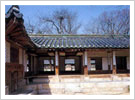
Traditional Korean houses are constructed of wood. They use ondol heating for warmth in the winter, and their daecheong maru floor area, connecting the rooms and the outdoors, make for a cooler summer.
High Rise Apartments
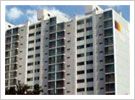
Korea is ten times the global average in population density. The population is particularly dense in the cities, where a lack of space means there are a lot of apartments. They are five or more stories of apartment units grouped together, allowing for each household to live independently. Apartments for the larger segment of the population are generally 42.975 ㎡, 59.504 ㎡, or 82.645 ㎡ in size, but there are also luxury-size apartments with over 148.76 ㎡ in space. In most city areas, apartments use gas piped in from elsewhere for heating and cooking.
Yeollip Jutaek
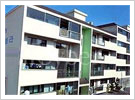
While "yeollip jutaek" may also be called apartments, in Korean, the word "apateu" generally refers to high rise apartments, while yeollip jutaek refers to "small size apartment buildings" of under three stories. They are similar to high rise apartments in internal layout.
Houses
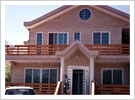
This style is called "dandok jutaek" in Korean, meaning "individual house." Individual homes are usually one or two stories and have small yard areas.
Officetel
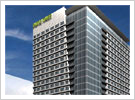
"Officetel" is a unique term created from the English words"office" and "hotel." These are in apartment-like buildings but their floor layout is designed to be a combination of office and living space.
"One Rooms"
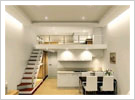
"One rooms" are like studio apartments that have the sleeping, living, and cooking area all in the same room, with a small bathroom attached. These are becoming more popular.
